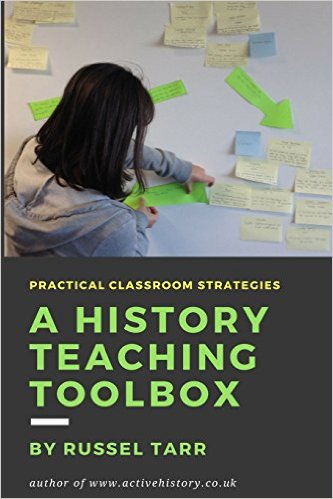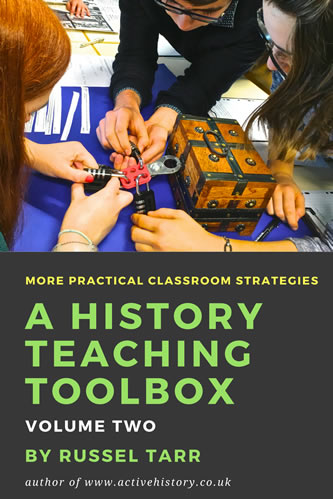Enlightenment Philosophy: Philosophers, Revolutionaries and the Declaration of the Rights of Man In this exercise we will clarify what the spirit of the French Revolution actually was. It will then be possible, if and when you study the French Revolution in more depth, to decide: How far the early revolutionaries delivered on their promises, whether…
Month: January 2017
Teacher-led online lecture [1]: A brief history of political ideology from the Middle Ages to the Enlightenment!
Teacher-led online lecture [1]: A brief history of political ideology from the Middle Ages to the Enlightenment! Complete with handouts and teacher notes, I have put together an online lecture which runs through the development of political ideology. This first presentation brings students up to the Enlightenment and covers such themes as the Great Chain…
Left-wing and Right Wing: Which are you?
Left-wing and Right Wing: Which are you? [online simulation] Students complete the computer questionnaire, which will provide them with some initial suggestions about whether they are Left- or Right-Wing. This can be completed in class, or set as a homework activity. Students are then asked to complete a Triangle Nine Template by completing the following steps: “Step 1:…
Model Essay: Compare and Contrast the Rise of Pinochet and Franco
Model Essay: Compare and Contrast the Rise of Pinochet and Franco Students first have a brainstorm about what are the most frequent causes for the rise of single party state rulers. They then analyse the key methods and conditions which led to the rise of particular individual dictators, then compare and contrast them. In this…
What is Politics? Why are so many people not interested in it and why is this worrying?
Teacher Presentation: What is Politics? Why are so many people not interested in it and why is this worrying? This presentation is given to the entire group and is designed to get them thinking about why politics is so important. It outlines how the study unit will focus on helping students determine whether they are…
Communism and Fascism: What’s the difference?
Communism and Fascism: What’s the difference? Building on directly from the “Left and Right Wing” simulation earlier, students complete a questionnaire about key policy areas to help them identify the essential features of dictatorship and democracy, communism and fascism. They then use what they have learned to outline the differences between (a) Fascism and Communism;…
Design your ‘ideal state’
Design your ‘ideal state’ In this lesson, students take the ideas and principles they are now familiar with and use these to design an ‘ideal state’ by considering such things as the ideal age for voting, the benefits and disadvantages of having a monarchy, and so on. Plenty of room here for group work and…
The Potsdam Conference: When and why did the US policy move from one of co-operation to confrontation?
The Potsdam Conference: When and why did the US policy move from one of co-operation to confrontation? Students consider the extent to which the Potsdam conference was characterised more by conflict that by co-operation. Part of the comprehensive unit on Cold War Origins to 1949.
LBJ and the “Great Society”
A new teaching unit on LBJ and the Great Society. After the 1964 election, the Democrats held two-thirds majorities in both houses of Congress. This gave Johnson the mandate to realize his vision of a “Great Society”. Emboldened by his election by more votes than any president in history, Johnson prepared to inundate the 89th…
Hexagons Activity: Impact of the Industrial Revolution
Hexagons Activity: Impact of the Industrial Revolution This activity is approached through a ‘Hexagons’ approach which is outlined in detail here. Students cut up the hexagons and organise them in logical groups, with adjacent sides of hexagons indicating connections that are then explained around the diagram. The hexagons were created using the ClassTools.net Hexagons Generator.
Sourcework Exercise: The Sharpeville Massacre – Teacher model answers
Sourcework Exercise: The Sharpeville Massacre | Teacher answers 1) a. According to Source A, why was the campaign in Sharpeville so badly coordinated? [3 marks] 1) b. What is the message conveyed by Source B? [2 marks] 2) With reference to its origin, purpose and content, analyse the value and limitations of Source C for…

